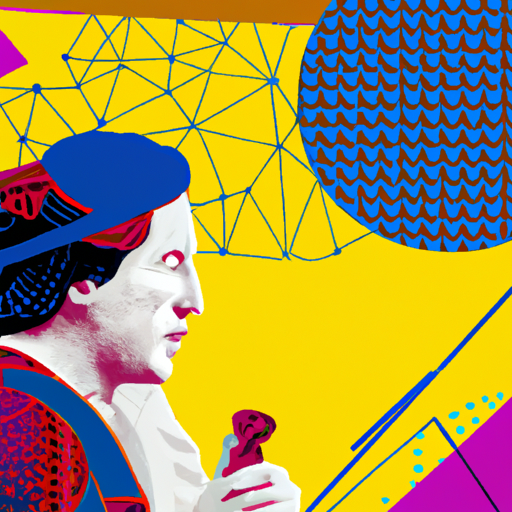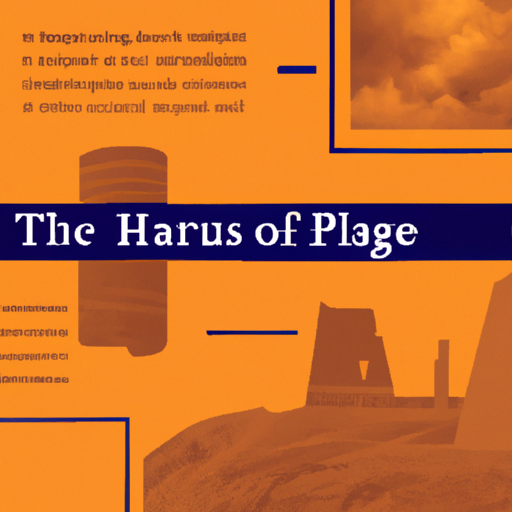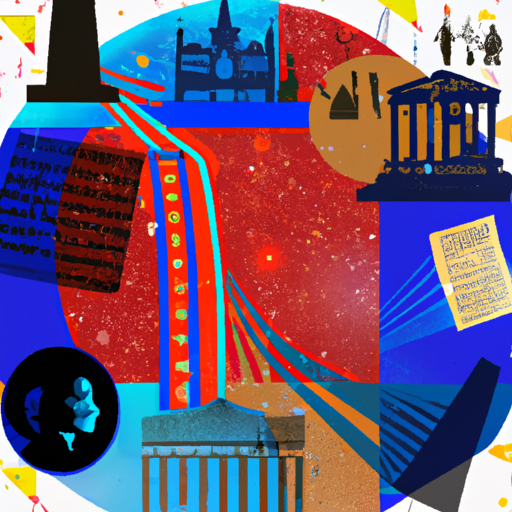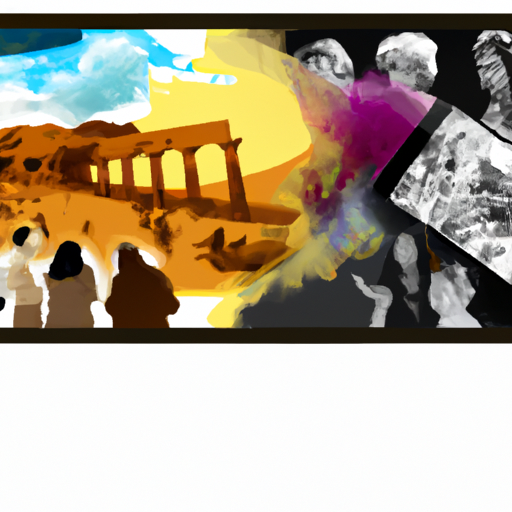Exploring the History of Rich Victorian Children’s Lives
Delve into a captivating exploration of the lives of affluent Victorian children – a perplexing glimpse into a period that has long since passed! Unearth the secrets and stories of how these privileged youngsters lived, from their luxurious lifestyles to their unique customs. Uncover what made them so distinct from other generations!

Go back to a time of grandeur and luxury, when affluent children lived in a world so different from our own. Uncover the mysteries and stories that have been lost to the ages, and explore how these privileged youngsters were unlike any other generation. Delve into their lavish lifestyles, uncovering the fashionable clothing they wore, the elaborate homes they lived in, and more. Get a glimpse into the captivating history of wealthy Victorian children with all the information available – an opportunity not to be missed!
.
Introduction

The 19th century saw a lifestyle of luxury for Britain’s wealthiest families, with their children receiving an opulent education and having the latest in technology and fashion at their disposal. Boarding schools were where these privileged youths received instruction in Latin, Greek, mathematics, science, literature and more; while activities such as horseback riding, fencing and dancing lessons were also part of their day-to-day lives. Servants were employed to take care of daily tasks like cleaning and cooking, while cultural events like theatre performances and concerts provided them with entertainment. It is clear that the life of a rich Victorian child was far removed from that of their less fortunate counterparts.
– Exploring the Historical Lives of Rich Victorian Children
In a time of unprecedented grandeur and luxury, the Victorian era was one of immense privilege for some. Children of the wealthy were raised in an atmosphere of opulence, yet also subject to the stringent societal standards which held sway at the time. This article will explore the lives of these prosperous young Victorians, from their education and leisure pursuits to their relationships with those who served them. We will observe how vastly their existences differed from those of working-class children, as well as how they faced up to the dynamic political climate during this period. Finally, we shall consider how these privileged individuals rose to meet the difficulties and advantages associated with being part of a powerful upper class.
– The Social Structure and Class System in Victorian England
The intricate social structure of Victorian England was characterized by a three-tier class system. At the top were the wealthy nobility, who held most of the political power and had access to all sorts of privileges that were denied to those in lower classes. Below them was the middle class, made up of merchants, bankers, professionals and so forth. Then there was the working class composed mainly of factory workers and laborers who worked long hours for meager wages.
Gender roles also played an important role in this period, with men being viewed as the breadwinners while women were expected to remain at home and take care of their families. Women had fewer rights than men and fewer opportunities for education or employment outside the household.
Within each class there existed further divisions based on economic status or occupation; for example, among the working class there were skilled craftsmen such as carpenters or cobblers who earned higher wages than unskilled laborers like miners or factory workers.
This complex system heavily favored those in higher classes while leaving little room for advancement in lower ones. Although some changes did take place over time, such as increased educational opportunities for all classes, it wasn’t until after World War I that this structure began to break down due to industrialization and other societal transformations.
– Examining Education and Leisure Activities of Rich Victorian Children
The lives of the privileged during the Victorian era were marked by a careful balance between education and leisure activities. For wealthy children, this meant attending boarding schools where they could learn Latin, Greek, mathematics, literature, science, and more. Alongside their studies, these kids also had access to recreational activities such as horseback riding and sports like cricket or tennis. Such physical pursuits were seen as essential for developing strength and character.
However, there were some distinctions in boys’ and girls’ experiences during this period. Boys were expected to pursue more academic paths while girls focused on practical skills such as sewing or music lessons. Girls were not permitted to participate in certain sports like cricket or boxing either.
The examination of rich Victorian children’s schooling and recreation offers an intriguing glimpse into the lives of the upper class at that time. Evidently, these children had numerous educational opportunities available to them as well as a variety of recreational activities which undoubtedly contributed to their successful adult lives.
– Investigating the Impact of Industrialization on Rich Victorian Children’s Lives
The industrial revolution of the Victorian era brought about a drastic change in the lives of wealthy children. A newfound wealth opened up possibilities for these youngsters that had never been seen before, such as private schooling, luxurious clothing, and servants. However, it also meant a decrease in agricultural production and subsequent rise in food prices, leading to diminished wages for rural workers who were unable to provide for their families. This resulted in an increase of child labor and exploitation of young workers.
On the other hand, those with money had access to unprecedented leisure activities like horseback riding, fox hunting, sailing trips, theater outings, and spa visits. They were able to enjoy a lifestyle of privilege that wasn’t available before the industrial revolution. Even today, its effects can be seen as we strive towards greater equality and justice for all members of society.
– Reflecting on the Legacy of Rich Victorian Children in History
The 19th century was a time of remarkable affluence, and those who were wealthy had the ability to give their offspring a privileged upbringing. Even now, the effects of these affluent Victorian youngsters are still seen in Britain’s history. From the grand estates they inhabited to the quality education they received, these kids formed an exclusive group that left an indelible imprint on society.
These affluent families’ homes were usually indicative of their status and riches. Magnificent country dwellings with wide grounds and luxurious interiors were commonplace among the upper classes. Furthermore, the children had access to incomparable schooling; many went off to prestigious boarding schools or had private tutors for their studies. This enabled them to learn a variety of topics from science and maths to literature and philosophy.
In addition, rich Victorian children typically enjoyed leisure activities such as horseback riding, sailing, hunting and shooting that gave them physical exercise while also cultivating their character. They also had access to cultural activities like concerts, plays, operas and other forms of amusement that enriched their lives.
The heritage of these well-off Victorians can be seen in modern Britain today. Many of the grand houses they lived in have been opened up as museums or stately homes; some have even been transformed into luxury hotels or wedding venues. The education they received is still highly sought after by parents searching for good schooling for their children. Even though outdoor pursuits may no longer be as popular as before, physical exercise is still widely recognized by health professionals today as being important.
The legacy of wealthy Victorian kids continues to affect our understanding of history today and serves as an essential reminder that privilege does not guarantee success; it merely offers chances for those who are prepared to work hard for them.
conclusion

Children of wealth and affluence in the Victorian era were raised in a world of opulence and indulgence. They were educated in exclusive academies, had access to the most fashionable apparel, and engaged in recreational activities like riding horses and taking part in grand galas. As they matured into adulthood, these privileged youngsters played a major role in British history, going on to become influential figures within society.
.
Some questions with answers
Q1. How did rich Victorian children live?
A1. Rich Victorian children were typically raised with a strict set of rules and expectations. They received a formal education, often at home with tutors, and were expected to learn the manners and etiquette of polite society. They had access to a variety of activities such as horseback riding, hunting, music lessons, and other leisure activities.
Q2. What kind of education did they receive?
A2. Rich Victorian children typically received a formal education from private tutors or at boarding schools. They were taught languages, mathematics, science, literature, history, and other subjects necessary for their social standing.
Q3. How did they spend their leisure time?
A3. Rich Victorian children spent their leisure time in various ways depending on their interests and age. Popular activities included horseback riding, hunting trips, music lessons, reading books or newspapers, attending plays or operas, playing outdoor sports such as cricket or tennis, visiting friends or relatives in the countryside or abroad.
Q4. What was expected of them?
A4. Rich Victorian children were expected to learn proper manners and etiquette in order to fit into polite society. They were also expected to obey their parents’ wishes and behave in an appropriate manner both at home and in public.
Q5. How does this compare to how children live today?
A5. Today’s children have more freedom than those living during the Victorian period. However many aspects remain similar – children are still raised with certain expectations regarding behavior and etiquette; they still receive an education; and they still have access to leisure activities such as sports or music lessons.



